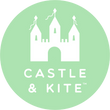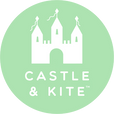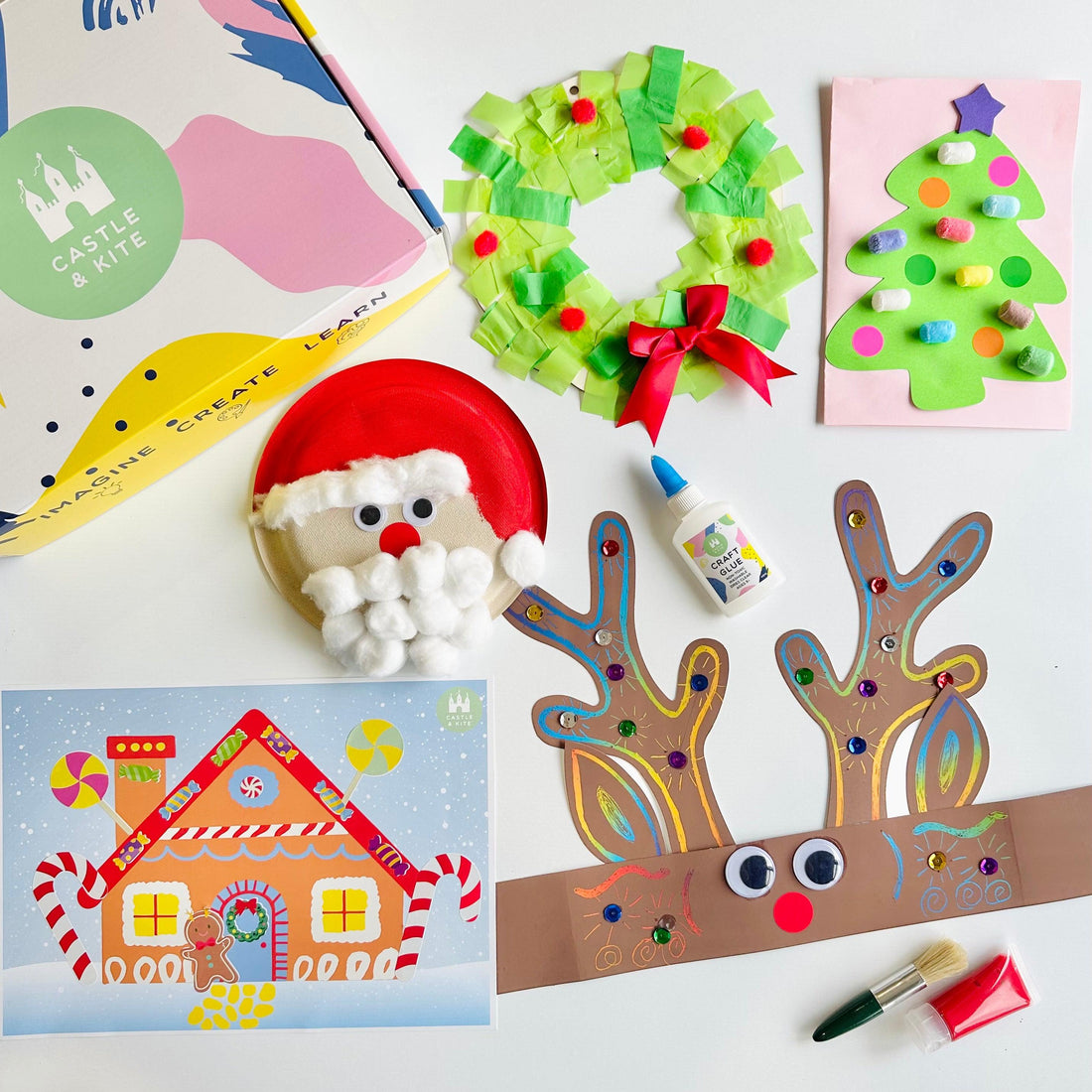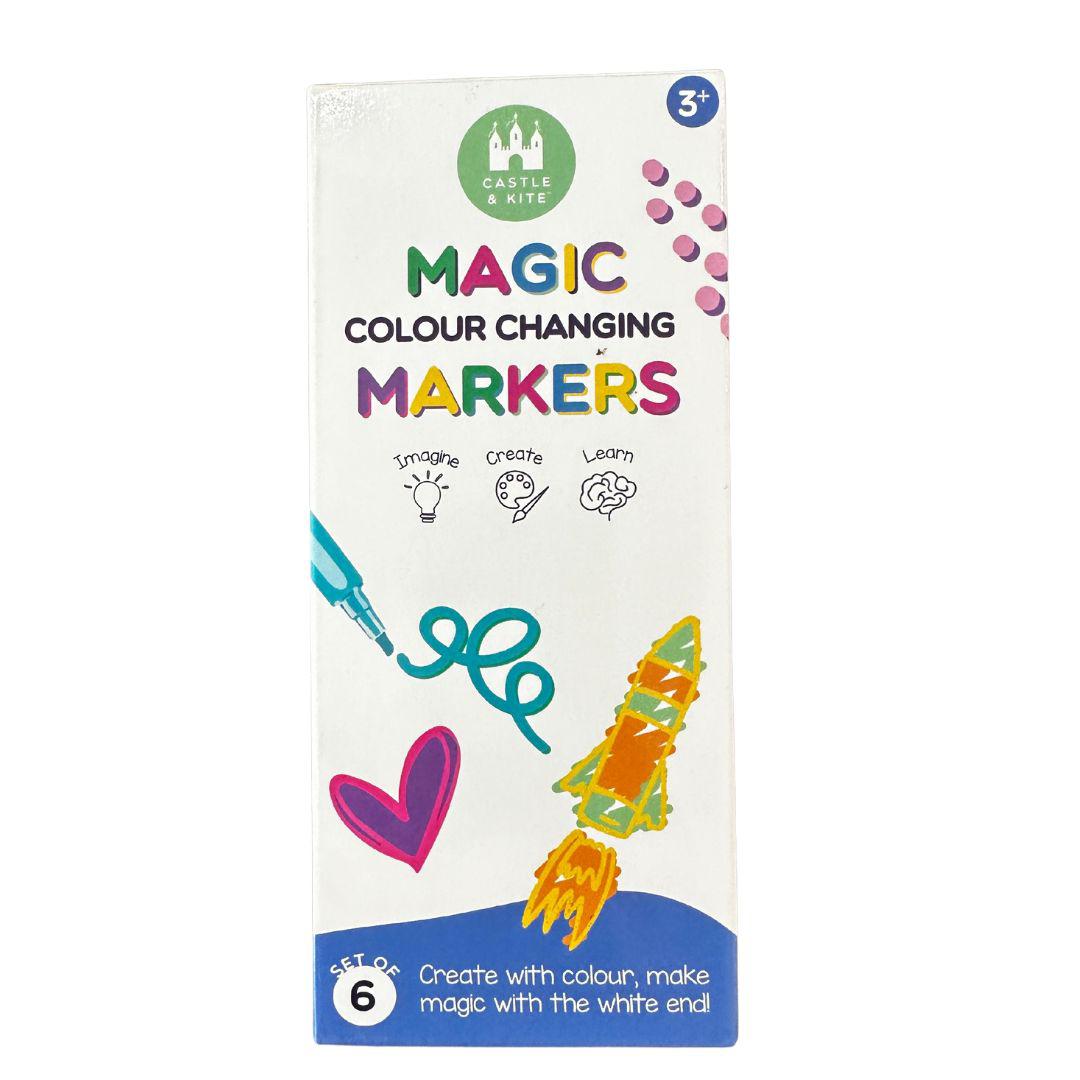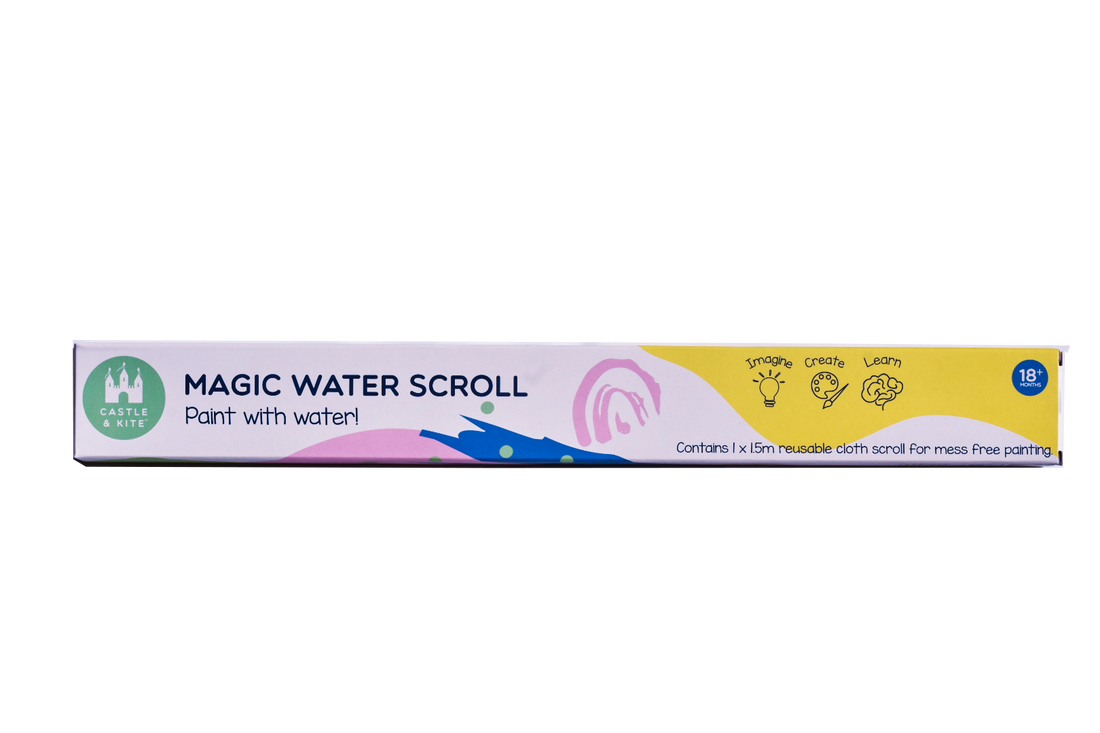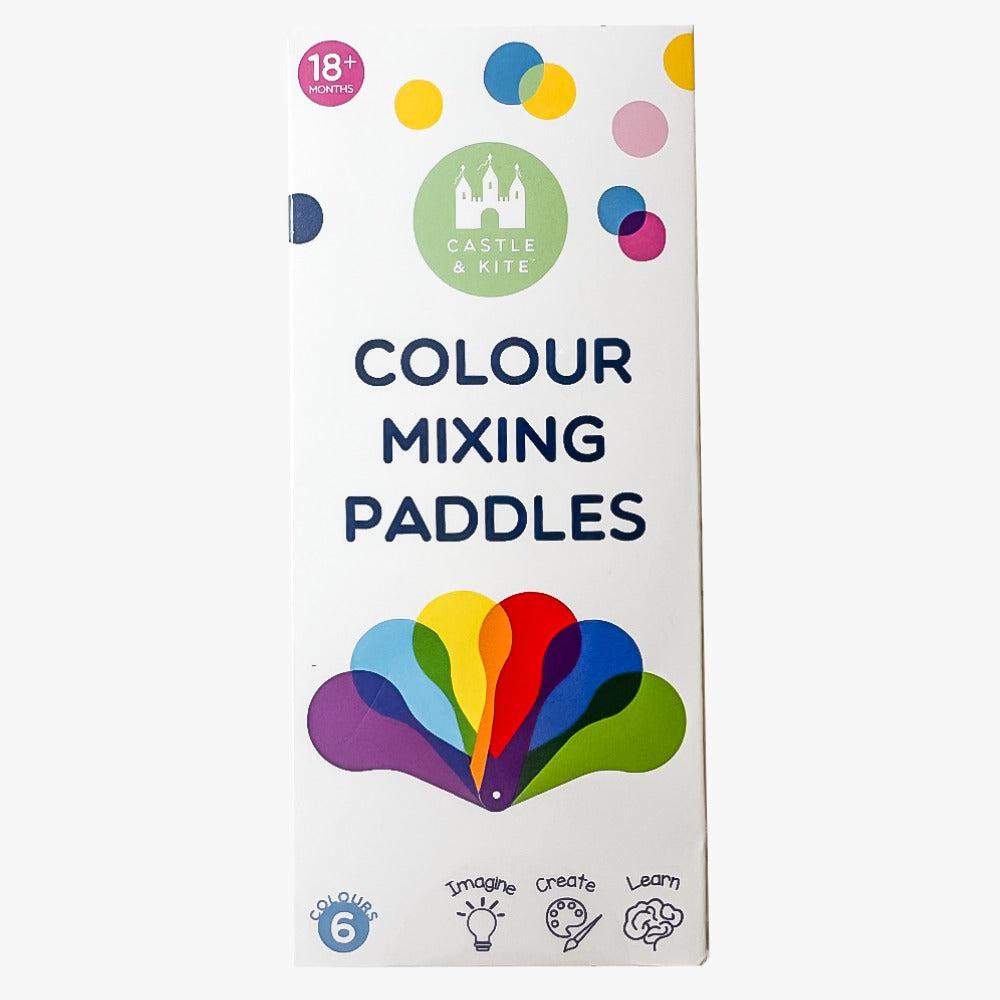From boiling pots on the stovetop, to a hot cup of tea or an open flame, burn injuries can occur anywhere and at any time - particularly for young children who are less aware of potential dangers in their surroundings. While it can be hard to watch your children every second of every day, you can take a few precautionary measures to prevent burns from happening - and know correct first aid treatment for burns in case they do.
Following a few simple precautions will help keep you and your children safe from potential burns.
Thank you to the Julian Burton Burns Trust for providing the following tips for preventing burns. Please share this article among your friends.
Water temperature
- Is your hot water delivered between 45 degrees and 50 degrees Celsius?
- Always test the water temperature with your wrist or elbow before bathing a baby, toddler, or young child.
Cooking
- Is the microwave out of reach of young children and a safe height for adults?
- Create a ‘No Child Zone’ while preparing and serving hot food and beverages
- Do not carry or hold a child while using the stove. Instead, move a highchair into the kitchen away from the stove where you can keep an eye on the child safely.
- Use back burners on the stove and keep pot handles and other hot items away from edges.
Electrical appliances and outlets
- Is your home fitted with a working electrical safety switch?
- Do you use power boards with surge protectors?
- Are electrical cords out of sight and reach of children?
- Cover unused electrical outlets with outlet covers.
Fires
- Do you have working smoke alarms installed?
- Do you have a fire blanket and fire extinguisher in or near the kitchen?
- Are children’s nightwear labelled as ‘Low fire danger’?
- Are there safety guards around fireplaces, stoves and heaters?
- Do you have a fire escape plan for your home?
- If you live in a bushfire prone area, does your family have a prepared and practised bushfire survival plan?
- Keep matches, lighters, and other flammable materials out of your child’s reach. Set a good example for your children by not playing with these items.
Sunburns
- Does your family play in the shade, wear hats, sunscreen, sun smart clothing and shoes?
- Is at least 50% of your play and pool area protected from the sun’s ultra violet rays by natural or shade structures?
- Do you have window shades on your car for young children?
- Do you have a first aid kit and extinguisher in your car?
Other
- Is there a first aid kit in your home? Check expiry dates.
- Do you remove hot water bottles and wheat bags before getting into bed?
- Do you replace your hot water bottles every year?
- Are chemicals and poisonous substances kept in original containers?
- Are all chemicals and poisonous substances stored in a secured area?
- Does everyone in the home know the triple zero (000) emergency number?
First aid for burns:
-
Remove all jewellery from around the burn area. Remove any clothing around the burn area unless it is stuck to the skin.
-
Cool the burn under cool running water for 20 minutes. This will stop the burning process which can continue for 2-3 hours if not cooled sufficiently.
-
NEVER use ice, oil, butter or ointments as this can further damage the skin.
-
Cover the burn loosely with cling wrap or a clean, damp lint-free cloth. This will reduce the chance of infection.
Seek immediate medical advice if the burn is:
- larger than a 20 cent coin
- on the face, hands, groin or feet
- deep or infected
- caused by chemicals, electricity or if signs of inhalation injury (blackening around mouth or nostrils, swelling of airways) are evident
